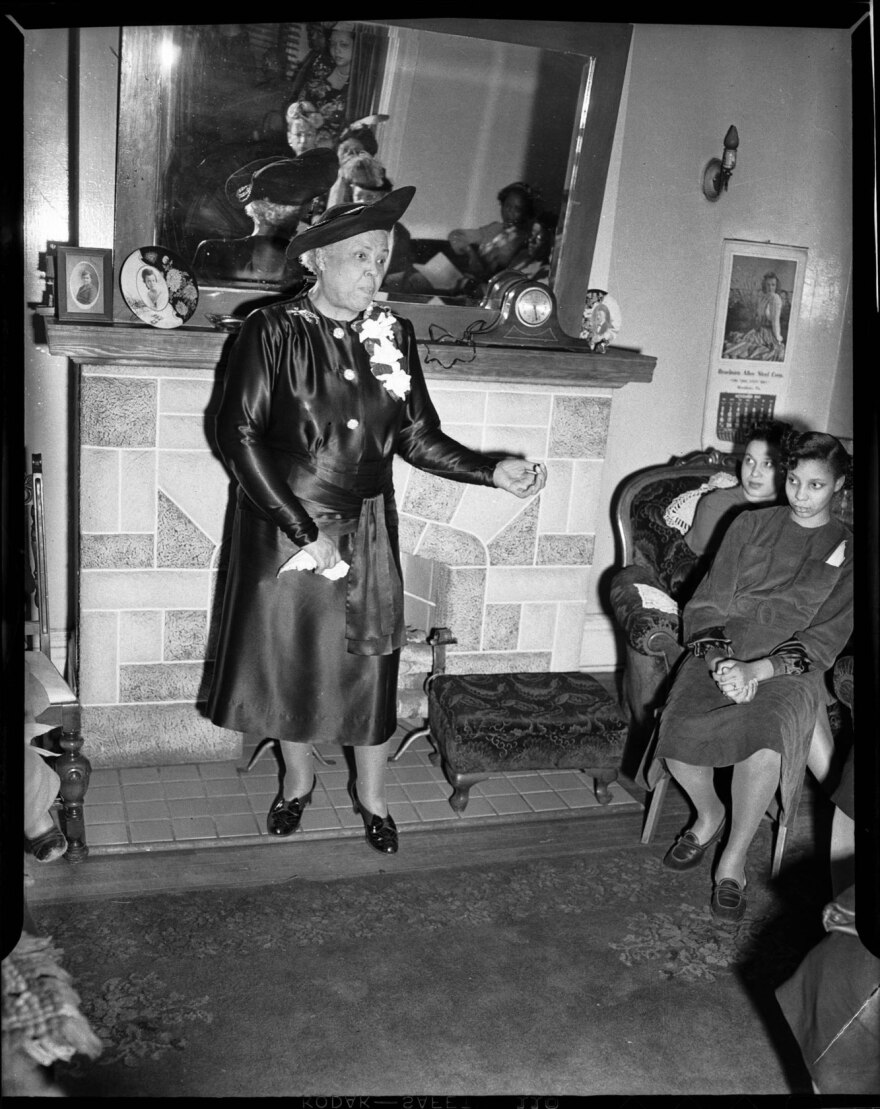The Carnegie Science Center’s Buhl Planetarium is promising visitors an enhanced experience of what it’s like to travel into the far reaches of the galaxy thanks to the completion of phase one of a multi-million dollar renovation project.
Officials with the Science Center unveiled the upgrades Tuesday, which include new software called Digistar 7. According to planetarium producer Charissa Sedor, the technology will provide visitors with the most realistic representation of the universe when they gaze at the dome.
“It uses physically based rendering which mimics the way light behaves in the real world,” Sedor said.
“We actually get to see how light reflects off of things like Saturn’s rings and how light reflects in certain craters and certain clouds on certain planets. Basically, it’s the most accurate way to view the universe and it really makes you feel like you are right there,” Sedor added.
The planetarium’s dome also got a makeover. Every panel on the 50-foot-wide dome was removed and replaced with 197 new aluminum panels to help improve the viewing experience.
“That screen has to be the perfect reflectivity for whatever projector is hitting it so that you get a nice, dark sky but also nice crisp and bright stars,” Sedor noted. The planetarium will also have a new Sony projection system that includes 10 new projectors.
Additionally, people with impaired hearing will benefit from new assistive listening devices as well as live-time closed captioning glasses that convert speech to scrolling text. And, those with visual impairment can use handheld star globes that provide tactile representations of the night sky, featuring stars and constellations in raised relief.
The Planetarium is scheduled to reopen to the public on Saturday, Nov. 21. Meanwhile, the Science Center will continue to limit the number of visitors through timed ticketing, require facemasks, and use enhanced cleaning protocols to improve safety amid the COVID-19 pandemic.
A majority of the funding for the renovations was made possible by a $1 million gift from the Buhl Foundation as well as $1 million from Bob and Joan Peirce. Money to improve accessibility was provided through a $32,000 grant from the Allegheny Regional Asset District. Officials said fundraising for phase two of the project, which includes new seats and carpet, will be underway soon.
The Science Center’s Miniature Railroad & Village also took the wraps off a makeover to its exhibition space Tuesday, which include new digital text panels, enhanced lighting and a new model to recognize the contributions of Black Pittsburgh suffragist Daisy Lampkin.

Patty Everly is the curator of historic exhibits. She said Lampkin was a leader who fought tirelessly for passage of the 19th Amendment and against all forms of racial discrimination.
“She was an organizer who would hold street corner rallies, and have membership meetings in her home to bring women together to raise awareness about the issue of equal rights for black women,” Everly said.
Among her many achievement, Lampkin was the first woman to hold an executive position in the National Association for the Advancement of Colored people and was instrumental in the growth of the NAACP.
”In 1945 she was named the organization’s woman of the year and was recognized for increasing membership more than any other executive,” Everly added.
The model on display depicts Lampkin running to take part in a women’s suffrage parade. A replica of Lampkin’s house on Webster Avenue in the Hill District is also part of the exhibit.
The addition of the new model coincides with the 100th anniversary of the Miniature Railroad and the centennial of the passage of the 19th Amendment, which guaranteed and protected women’s constitutional right to vote.




